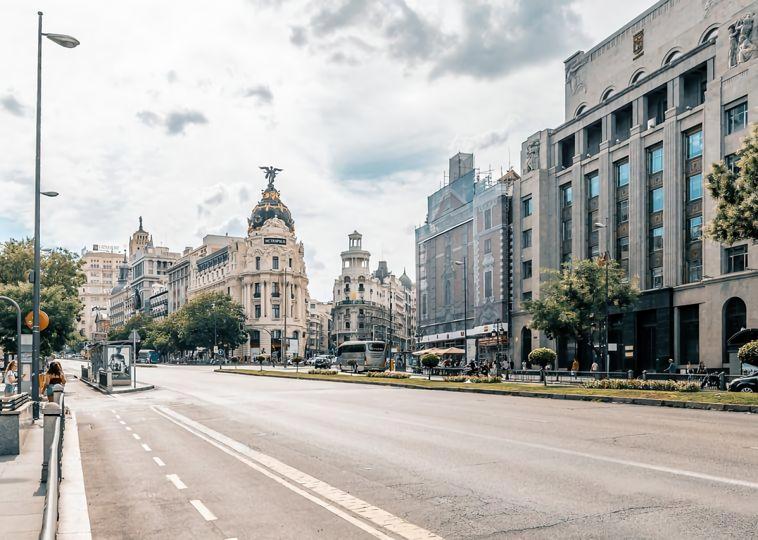5 Prime Travel Attractions to Visit in Madrid, Spain’s Capital

Contents [hide]
Madrid is the capital of Spain, as well as its largest city. Even though Madrid possesses modern infrastructure, it has also preserved the look and feel of many of its historic neighborhoods and streets. And like its rival city, Barcelona, this city starts late; dinner doesn’t happen until 9 or 10 pm!
A slightly sprawling place, the tiny neighborhoods of the city are a great place to get lost, eat tapas, and drink sangria. The warmth of the locals and the slowness of the meals will keep you out late and the nightlife even later!
Visit the Royal Palace

The Royal Palace of Madrid, known as the “Palacio de Oriente” because of its proximity to Plaza de Oriente, is the Spanish Royal Family’s official residence. The construction of the Palace began in 1738 and took 16 years to complete. King Charles III established his official home in the Palace in 1764 when the building was inaugurated.
The Palace has been used exclusively for receptions, state ceremonies, and official acts since the King of Spain lived in the Palacio de la Zarzuela. The Campo del Moro Park and the Sabatini Gardens surround the Palace. The Royal Palace of Madrid offers both guided and self-guided tours all year round, closing only for official acts.
The Cathedral of Madrid

Across from the Palace is the main Cathedral of Madrid. Official state ceremonies are held here, and while not the most beautiful Cathedral in Europe, its roof provides some kickass photo opportunities of the Madrid skyline. When the capital of Spain was transferred from Toledo to Madrid in 1561, King Felipe II wanted a cathedral for his new capital.
Plans were discussed as early as the 16th century to build a cathedral in Madrid dedicated to the Virgin of Almudena, but construction did not begin until 1879. Francisco de Cubas designed and directed the building in a Gothic revival style. The Cathedral was not completed until 1993. Pope John Paul II consecrated it.
The Prado Museum

Inaugurated nearly two hundred years ago, the Prado Museum is one of Madrid’s most emblematic institutions. His collection consists of European paintings from the fourteenth century to the early nineteenth century, with masterpieces by renowned artists such as Raphael. However, only 1300 works are permanently exhibited; the other works in the collection are often loaned to partner institutions.
Use our Skip the Line ticket to get to the museum quickly. The Prado is one of the world’s most extensive art galleries. Features several world-famous masterpieces, including Dos de Mayo and Tres de Mayo by Goya, Las Meninas by Velazquez, and the Madonna della Rosa by Italian artist Raphael.
Puerta Del Sol

This lively square in the center of Madrid is one of the city’s most famous sights. Its semicircular shape makes it a crossroads for the city’s most historic and bustling streets, such as the Mayor. Initially, the site of one of the city’s gates, Puerta del Sol, should be at the top of your list of places to visit.
At the Casa de Correos building, now the seat of the Madrid Regional Government. You will find the famous clock that all eyes turn to on the last day of the year. For over a century, tradition has it that people around the country usher in the New Year by eating 12 lucky grapes to the midnight bells hit by this clock.
Plaza Mayor

The Plaza Mayor (meaning Main Square in English) is located in the heart of Madrid, near Puerta del Sol and the Royal Palace. The square is 129 meters long by 94 meters wide, surrounded by three-story buildings with porches along the plaza.
Various architects were commissioned to design the Plaza Mayor, but the two most important were Juan de Herrera and Juan Gomez de Mora. Who was tasked with creating the first project during the sixteenth century? After a series of fires, Juan de Villanueva was asked to reconstruct the plaza in 1790.


